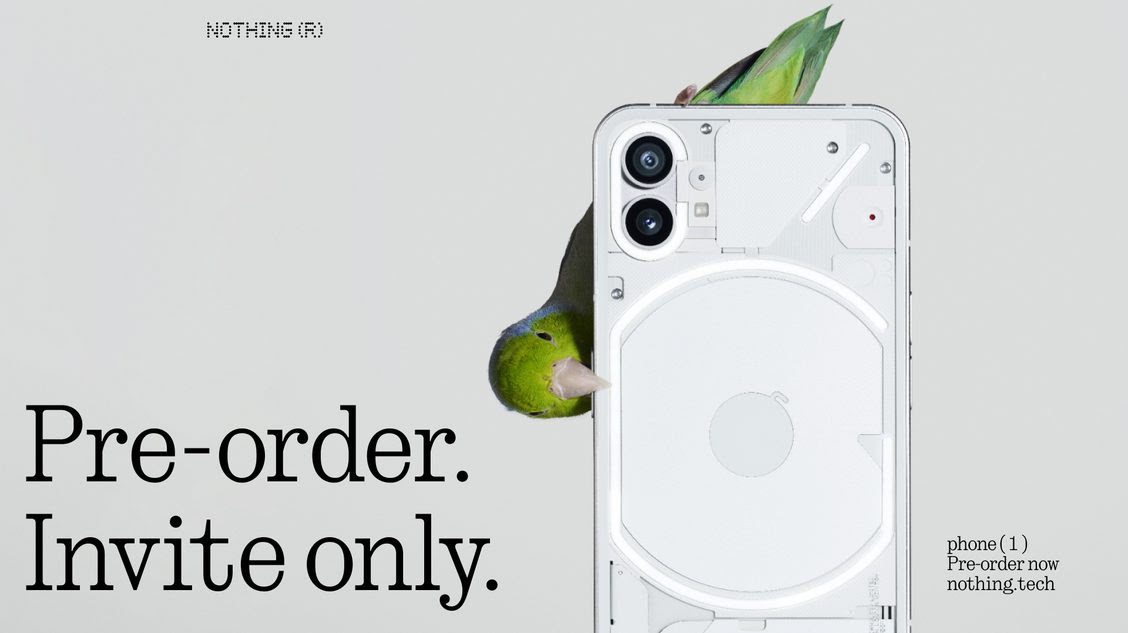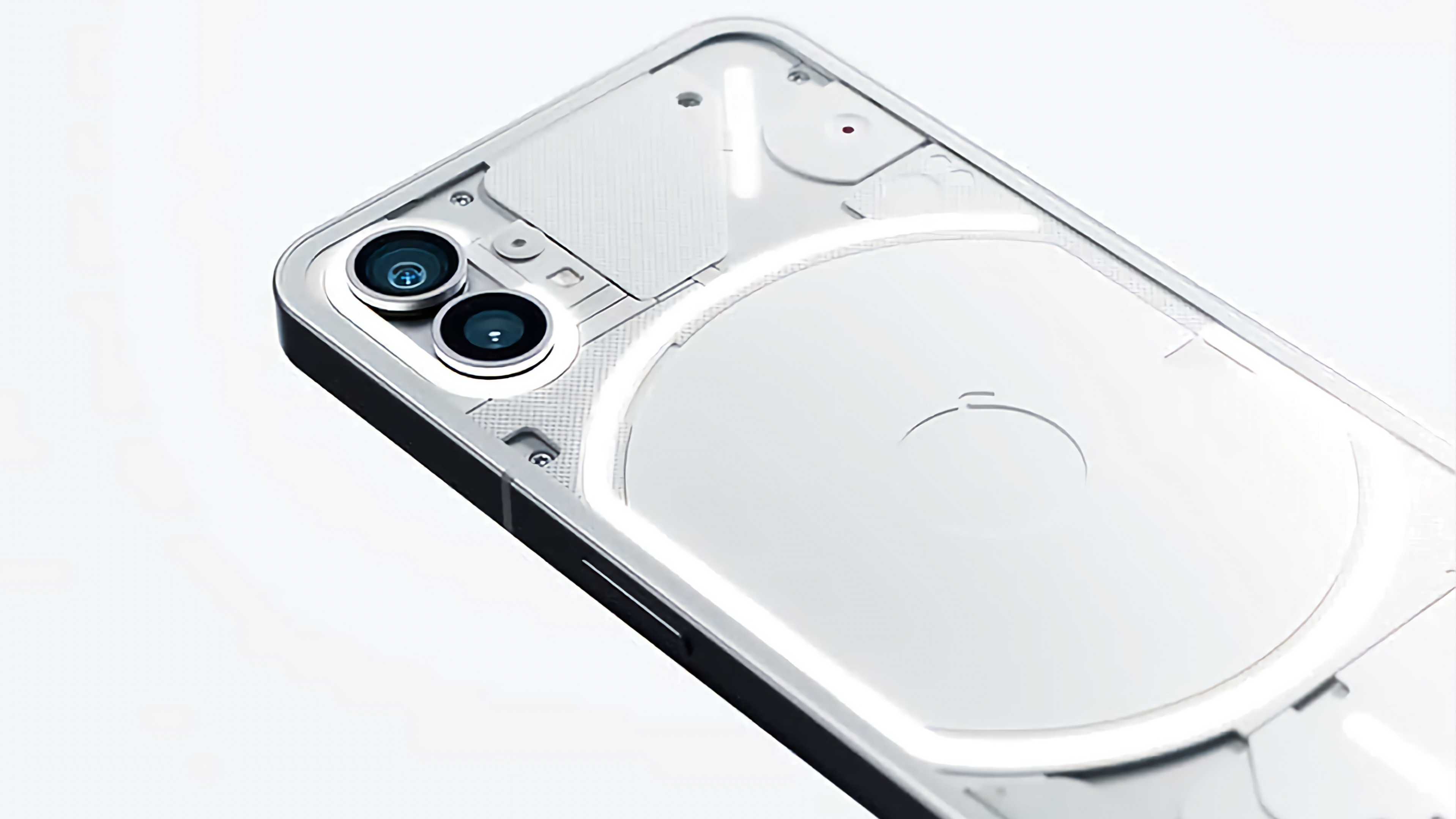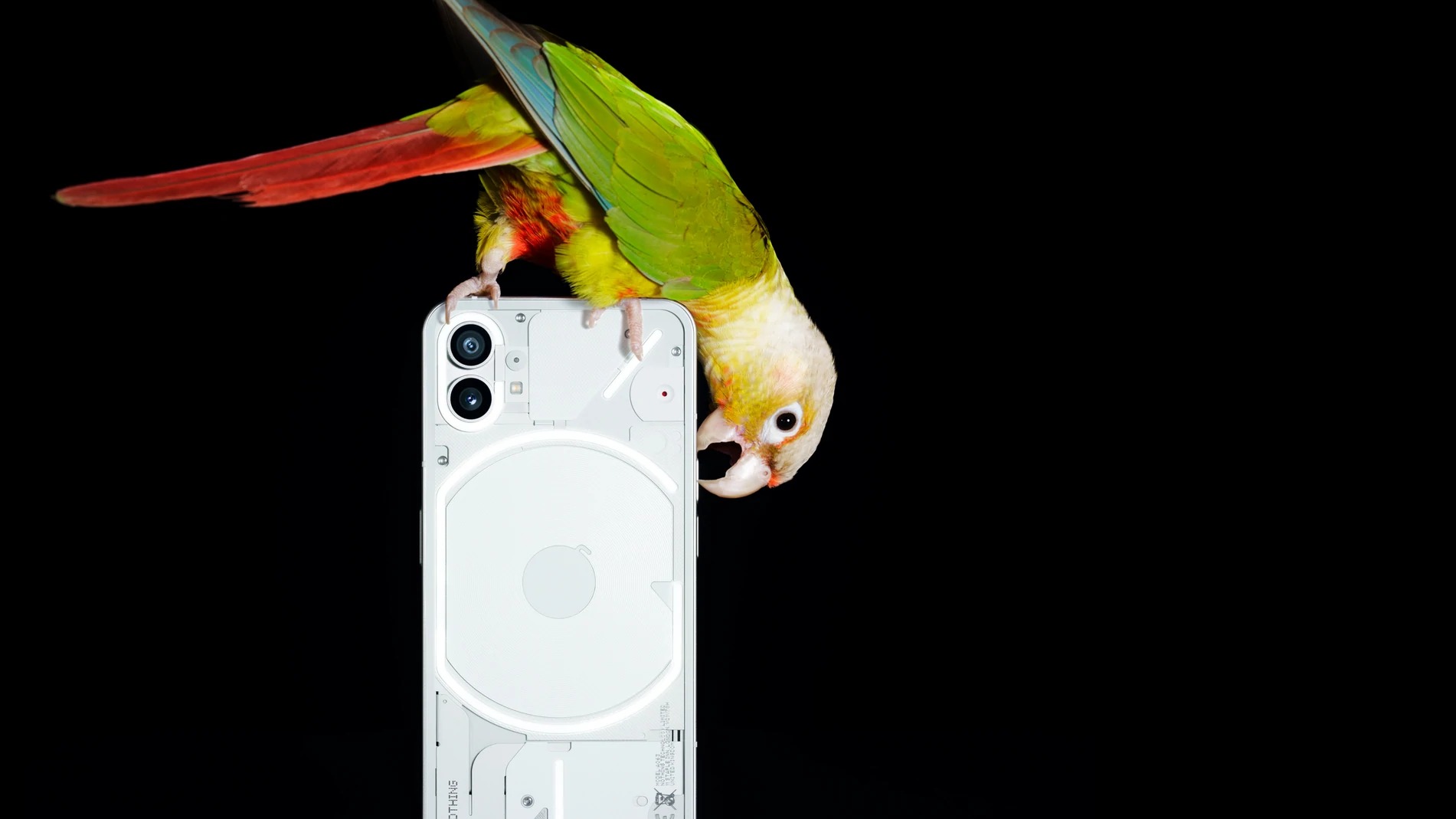Nothing phone (1) needs more than a great design to succeed
Nothing needs a strong overall device to stand out in a hotly-contested category.

After months of teasers, Nothing is finally ready to unveil the phone (1). Based on what we've seen so far, there is a lot to like here: The design is unique thanks to the LEDs at the back, and the hardware is on par with other mid-range phones. Nothing hasn't shared too many details around the software itself, or the rest of the device, but we don't have to wait long to find out what's in store.
To me, it feels like Nothing is trying to emulate Apple, and it won't be the first Android manufacturer to do so. To its credit, the brand is doing something different in this segment, and that's great to see. Ultimately, the success of the phone (1) will be down to two things: value and software. There are over a dozen great mid-range phones available today with little to no difference in the hardware or camera prowess, and Nothing has no recourse but to position its phone according to market conditions.
While Nothing is doing an Apple-esque job with marketing, the fact of the matter is that the phone (1) isn't a premium device. Apple is able to command a premium for its phones because of its cachet; In most parts of the world, an iPhone is a status symbol. While Nothing did a good job generating interest for its device, it doesn't have any cachet like that.
Nothing is instead turning to design as a differentiator, but that by itself isn't enough to make the phone stand out. Where I think the brand can genuinely make its mark is the software. Right now, there's a distinct lack of devices with a clean Android interface. OnePlus used to be the flagbearer for enthusiast users looking for a vanilla interface, but its integration with ColorOS changed that.

There are only four manufacturers that still offer a clean UI without any customization: Google, Motorola, Nokia, and ASUS. Google doesn't sell its hardware in most parts of the world — making it a moot option — and Motorola's hardware is often lackluster, and its phones don't get as many updates as the industry standard. Nokia, meanwhile, seems keen on releasing the same entry-level phone year after year, and while ASUS gets a lot right, it takes too long to bring its phones to the U.S. and other key markets.
There aren't enough brands that provide a clean Android interface, so there is a lot of potential for Nothing here.
In short, there's a lot of potential here. A lot of what Nothing is doing right now has parallels to OnePlus's early days, and if it manages to deliver a clean UI without any bloatware, the phone (1) has a good shot at becoming a bestseller.
As for what constitutes a good sales figure, Nothing's estimates will be wildly different to Samsung. It's easy to forget that Nothing is a year-old brand at this point, and while it has garnered a lot of attention in the last 12 months, its scale is miniscule against the likes of Samsung, Xiaomi, Realme, and even Google's hardware efforts.
Get the latest news from Android Central, your trusted companion in the world of Android
For instance, if Samsung sold under a million units of the Galaxy A53, it would be considered a failure. But if the phone (1) came close to a million sales, it would be a landmark achievement for Nothing. After all, the ear (1) wireless earbuds only sold over 500k units over the course of the last year.

Furthermore, Nothing needs to make sure it doesn't run into the same hurdles that affect other smaller brands: availability and after-sales service. With Nothing undoubtedly going with smaller production runs, it needs to have adequate inventory of the phone (1) to meet initial demand, and it needs to have the after-sales service infrastructure ready to go by launch day.
Nothing has to deliver in other areas as well, including after-sales service.
I've been reviewing phones for just over eight years, and in that time, I broke a half-dozen devices (not a bad average considering how I use phones). The first was the Xiaomi Mi 3; I bought the device the day it launched in India back in July 2014, and it was delivered two days later. In my eagerness to switch to the device, I broke the SIM card tray — it had a mini-SIM slot, and I was using a Micro-SIM at the time (Nexus 4).
While I used a SIM cutter tool, the SIM card didn't quite fit into the housing, and I had to take it to a service center to get the unit switched out. There was only one issue; no one had heard of Xiaomi at the time, and because it was an online-only brand in those years, it didn't have any stores where I could get the Mi 3 serviced. Xiaomi partnered with a local service provider, but because the phone had just launched, they didn't have the requisite parts.
Of course, a lot has changed in this area over the last eight years, but far too few brands pay attention to after-sales service. Nothing needs to get this right, and while it has a fledgling list of service centers set up for the ear (1), it's nowhere as extensive as other brands.
I think the phone (1) can stand out in a crowded category that counts the likes of the Pixel 6a, Galaxy A53, Realme GT Neo 3, and Nord 2T. Nothing managed to build a lot of interest for the device, and now comes the hard part: actually delivering a phone that measures up to its expectations.

Harish Jonnalagadda is Android Central's Senior Editor overseeing mobile coverage. In his current role, he leads the site's coverage of Chinese phone brands, networking products, and AV gear. He has been testing phones for over a decade, and has extensive experience in mobile hardware and the global semiconductor industry. Contact him on Twitter at @chunkynerd.
